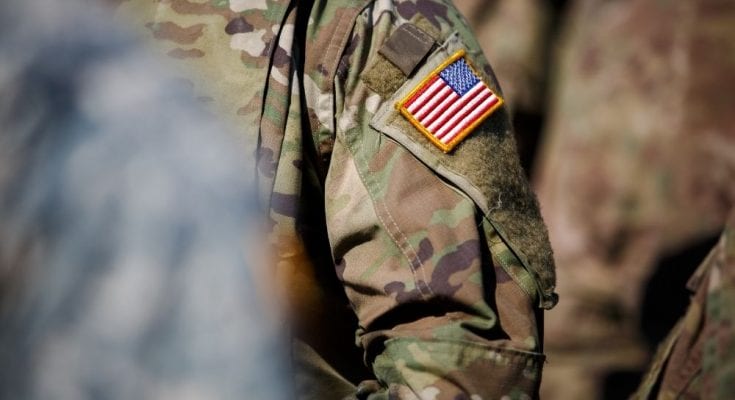The days of the British Redcoats are long gone, and for good reason. Tricking the eyes of the enemy is instrumental on the battlefield. Though the armed conflicts of today are increasingly moving toward drone-based warfare, you still can’t fight a war without boots on the ground, and it’s hard to imagine soldiers and their equipment without their signature camouflage patterns. Here are just a few of the most common military camouflage patterns used around the world today.
Multi-Terrain Pattern
People used to say the sun never set on the British Empire. The kingdom is certainly in its twilight now, but that doesn’t mean progress has ceased for the British Armed Forces. After years of adherence to the longstanding Disruptive Pattern Material (DPM) camo style, the British overhauled their camouflage in 2016 by moving to the Multi-Terrain Pattern (MTP), an update of DPM that’s more advanced and more versatile. The armed forces of New Zealand, Bermuda, and Malta—all former subjects of the British Crown—also use MTP, which is based on the popular MultiCam style of camouflage.
Six-Color Desert
Operation Desert Storm represented a breakthrough in the coverage of American armed conflicts. This was the first time a war received 24-hour live news coverage, thanks to the advent of CNN. With television cameras trained on the battlefields more than they ever had been before, American civilians got a long look at the desert camouflage necessary for fighting along the Persian Gulf. Six-Color Desert camouflage, commonly known as “chocolate chip” camouflage for its flecks of brown amid beige and gold, received maximum exposure in the Persian Gulf War. It has remained prominent in subsequent conflicts in sandy or rocky terrain, notably in the wars in Iraq and Afghanistan.
Digicam
Traditionally, camouflage patterns were based heavily on woodland terrain, using the sticks, leaves, and growth of the forest as inspiration for eye-tricking designs. Digital camouflage, or digicam, was a breakthrough in camouflage technology, as tests revealed that pixilation—rather than impressionistic swashes that suggest realistic terrain—made the most effective camouflage. After the United States Army pioneered digital camouflage in 2004, the Canadian Armed Forces and many other nations adopted similar digital patterns for their uniforms and equipment, making this pixelated approach to deception one of the most common military camouflage patterns in use.



